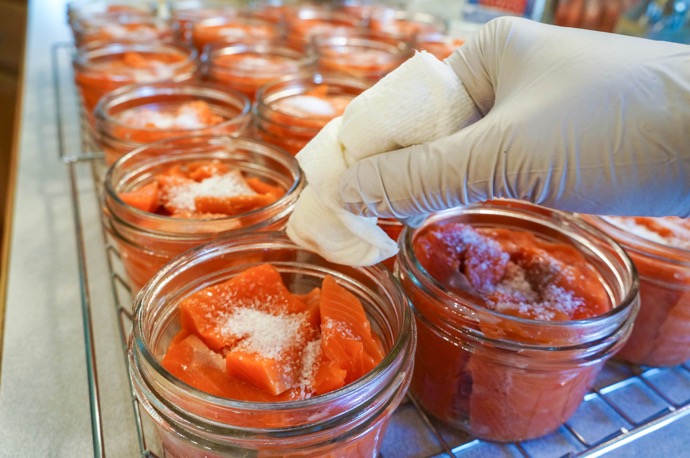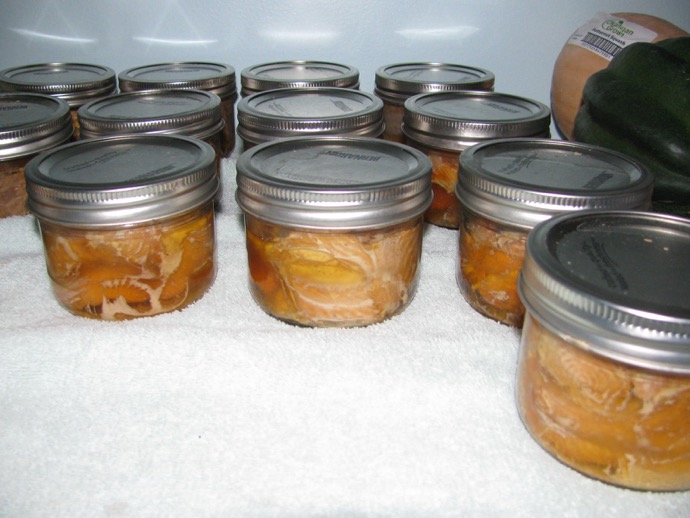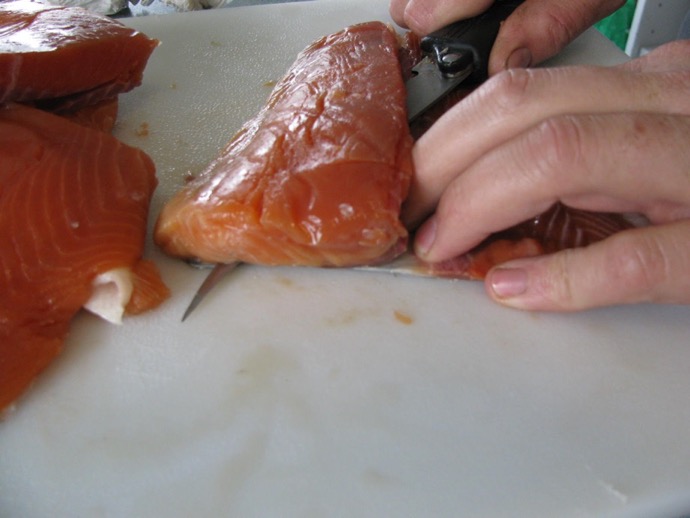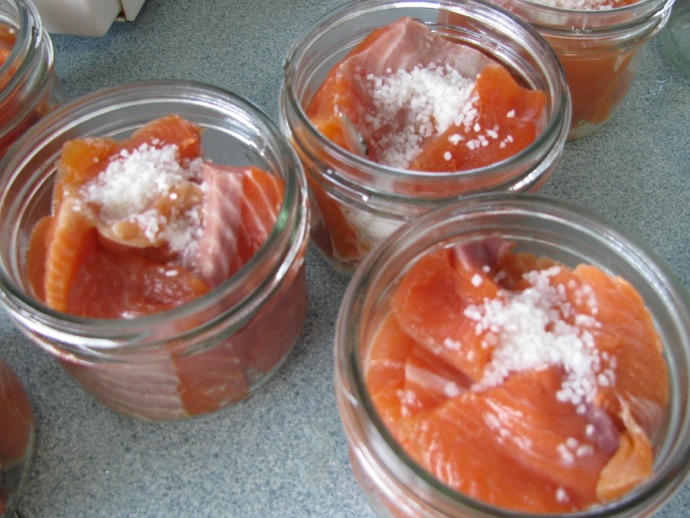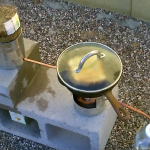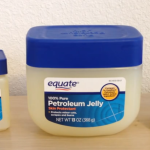How to Safely Can Fish for Long-Term Food Storage
Most meats and fish should not be canned for long-term storage because bacteria will grow and cause the product to spoil. However, there are certain types of fish that are safe to can and store. Let’s take a look at the process and see how you can use this to your advantage under certain circumstances. While canning fish may not be for everyone, it is a good option to know about if you ever want to supplement your food stockpile.
Choosing the Right Fish
The best fish for canning are species that contain a little bit of fat, but it’s also important to process them carefully in order to minimize the chances of bacterial growth. You also want to make sure that you catch fish from clean water that does not contain a lot of heavy metals that fish ingest and store in their bodies. This is particularly true for large, predatory species. Large fish should be prepared by cutting into fillets and removing the skin and fat beforehand. Small fish can also be canned, but you should can them whole, less their heads, tails and entrails.
Pressure Canning
Pressure canning is the only accepted and safe method of fish preservation. You need to make sure that the equipment is in perfect working condition and that you account for altitude when reading gauges and calculating processing time. As with any other canning method, it’s also important to ensure that the jars, lids and seals are also defect-free.
Preparing the Fish
The most important thing to remember is that fish need to be processed as soon after catching as possible. You should never can fish that has been on ice, ice water or the refrigerator for more than 48 hours. You should also avoid canning fish that has been stored in temperatures above 40 degrees, even for a short period of time.
The first step is to cut off the head, tail, fins, gills and entire organ and digestive system. Thoroughly rinse the fish to remove any blood and bodily fluids. You should clean the fish within 24 hours of catching. Some people suggest that you leave the skin and fat intact whereas other guidelines suggest that these layers be removed. For your personal safety, it highly recommended that you remove the skin, scales and bones in order to ensure that all of the blood has been removed and the chances for bacterial growth are minimized. However, smaller fish such as sardines or smelt should be kept hole after cleaning and gutting.
Processing the Fish
Cut large fish into 3 ½ inch wide pieces. Place in pint-sized mason jars, with the sides (where the skin was) of the fillets facing the outside of the jars. Add ½ teaspoon of salt for each jar and leave an inch of headspace. If you choose to pack lean fish, pack them as tightly as possible and take a wooden spoon and press down on the pieces in order to extract some moisture as well as to compact them further. Follow your guidelines for pressure canning and make sure that they are processed for a minimum of 100 minutes before cooling and storing.
If you are processing smoked fish of any kind, make sure that you place the pieces vertically into the pint jar. Cut them to size in order to leave one inch of headspace. Seal and process for a minimum of 110 minutes.
In all cases, do not add water or liquids to the jars.
Shelf Life and Testing
There are many different time estimates regarding the shelf life of canned fish. Expect to consume these products within a year of processing. However, you should always smell the fish after opening the jar to check for freshness. If it smells rotten, stale or otherwise funky, do not eat under any circumstances and discard immediately. Never taste-test canned fish for freshness.
It is tempting to catch a lot of fish and store them for future use, however there is also an inherent risk associated with canning these types of foods. However, they can also be safer than purchasing store-bought products that contain additives, preservatives and may have been sold long after their expiration date. This happens more often than you think, particularly with specialty products such as lobster and crab. Make sure that you follow these guidelines and seek out reliable information regarding specific recipes. This will help to ensure that you are maximizing the chances of producing a quality product that will remain fresh and safe over the course of time.


